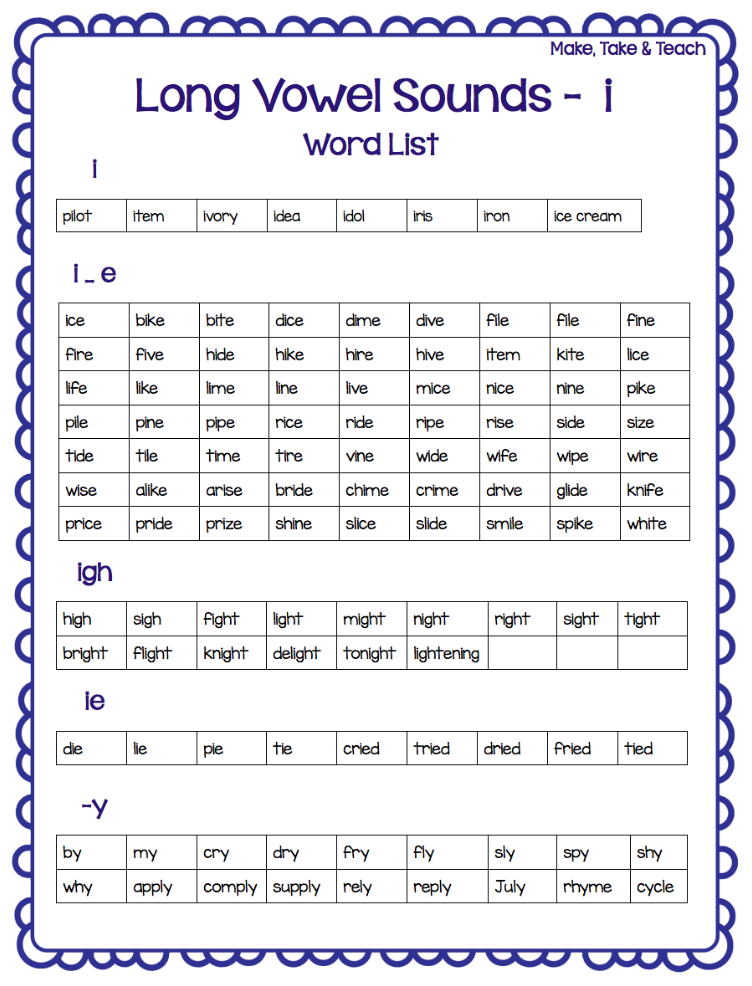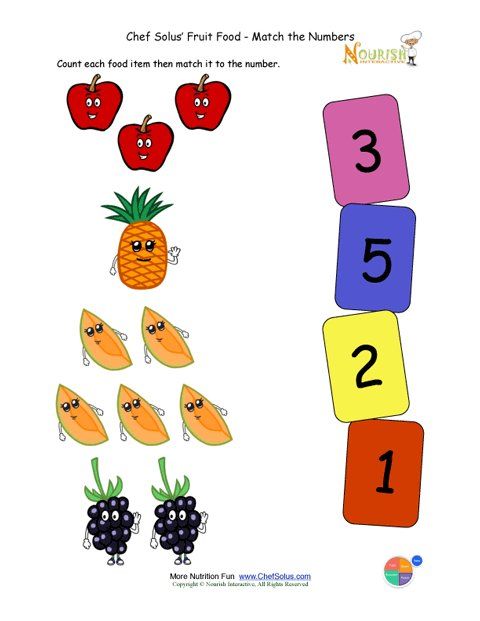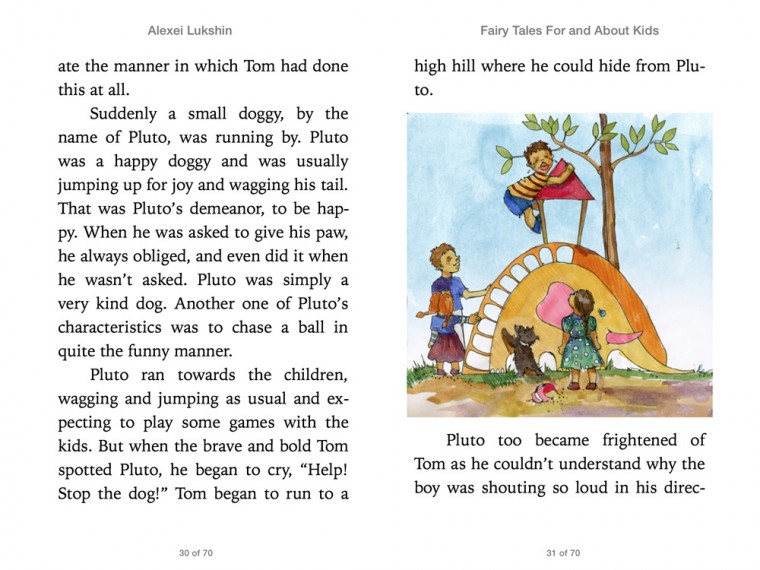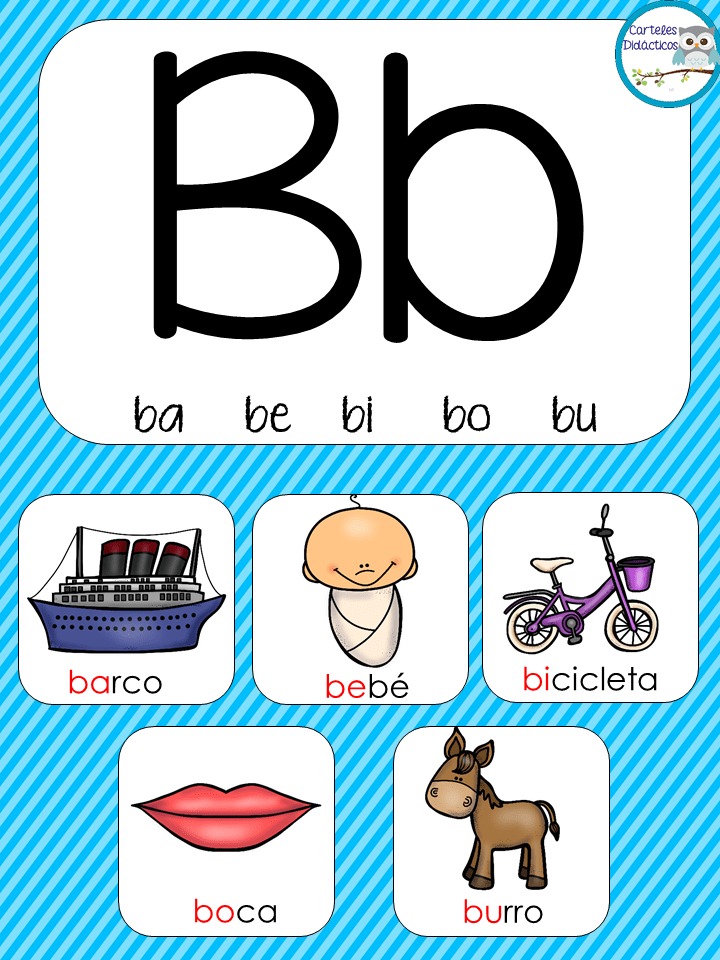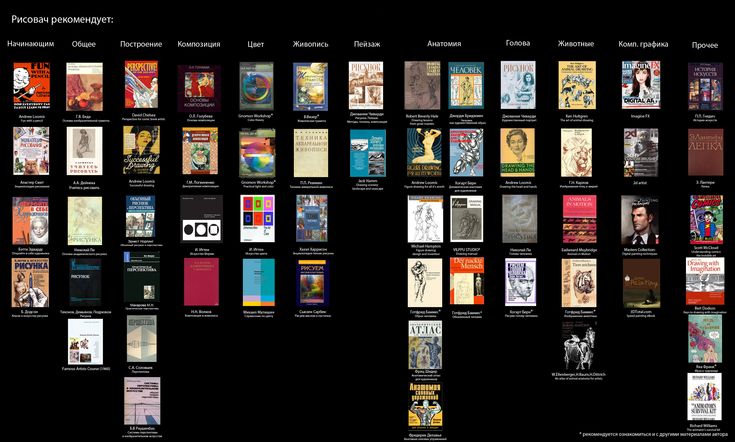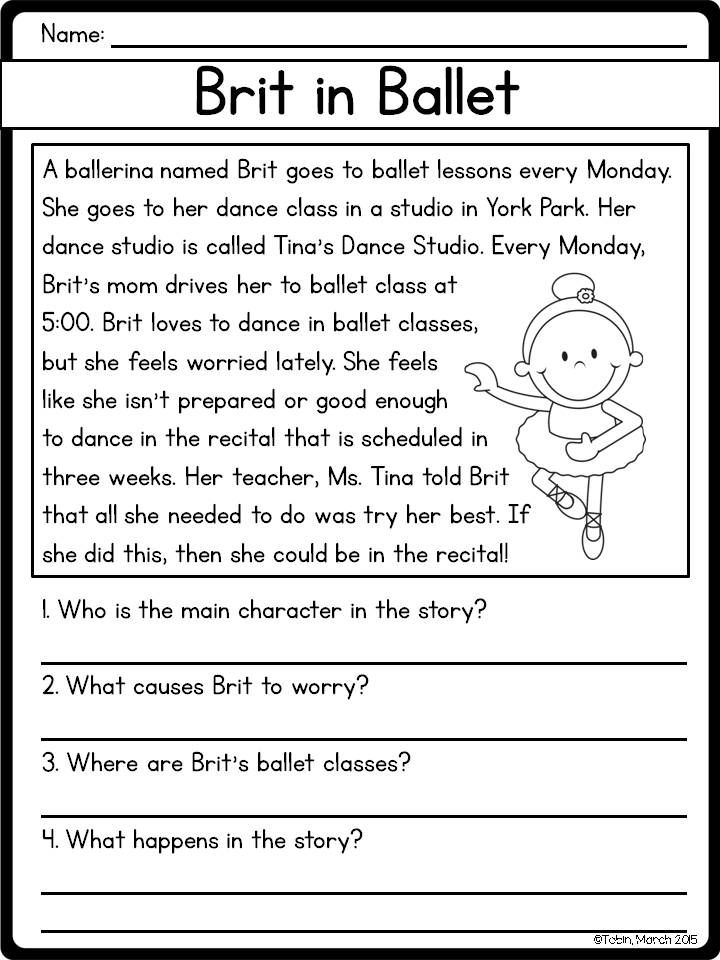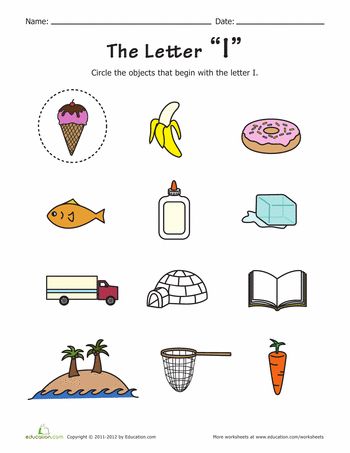Spelling long vowels
Long Vowel Sounds: Word Lists & Activities
Phonics | Spelling
ByDelilah Orpi
This post may contain affiliate links, and I will earn a commission if you purchase through these links. Please read the disclosure policy for more details.
Sharing is caring!
- Share
- Tweet
In this post, I’m breaking down long vowel sounds (or long vowel words) to help you teach them when working with struggling readers and spellers.
Looking for long vowel word lists? Download all 5 of my pdf long vowel sounds word lists in my freebies library by joining my email list below.
What is a long vowel sound?
Long vowel sounds are vowels that are pronounced the same as their name. You’ll often hear teachers say that long vowels “say their name”.
Long vowels are very common but they can be tricky because there are so many spellings for each long vowel sound.
There are actually 4 ways to make long vowel sounds:
- Vowels at the end of a syllable make the long sound.
For example, in the words me and halo (ha-lo) the vowels are all at the end of a syllable so they make the long sound.
- Silent e makes the previous vowel long. The words bike and phone have a silent e at the end that makes the previous vowel long.
- Vowel teams can make the long sound. Vowel teams work together to make one sound, and usually, it’s a long vowel sound. For example, boat and meat both have vowel teams that make the long sound.
- I or O can be long when they come before two consonants. In words like cold and mind, i and o make a long vowel sound.
Long Vowel Words
Long vowel sound words are words that have vowels that say their name.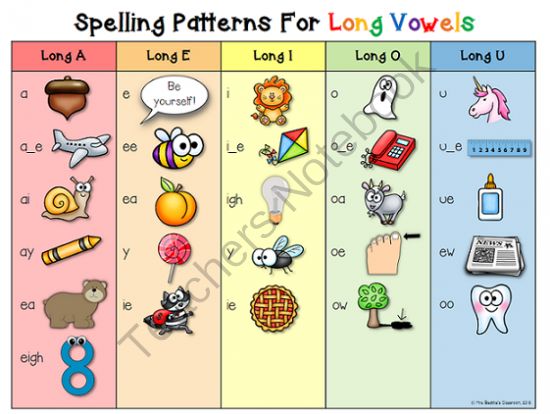 Below are a few examples:
Below are a few examples:
- Long a – baby, cake, rain, day, they, weigh
- Long e – me, eve, hear, meet, piece, candy
- Long i – silent, bike, light, my
- Long o – go, home, toe, boat, snow
- Long u – music, mule, pew, feud
Long A Sound
The long a sound can be represented by 8 different spelling patterns:
- a – baby
- a_e – cake
- ai – rain
- ay – play
- ei – reindeer
- eigh – weight
- ea – steak
- ey – they
Learn more about teaching the long a sound here, and check out my Long A Words Activities & Worksheets for printable activities.
Long E Sound
The long e sound can be represented by 8 different spelling patterns:
- e – be
- e_e – eve
- ee – meet
- ea – beach
- ei – protein
- ie – piece
- ey – key
- y – candy
For ideas, tips, and tricks when teaching the long e sound, read this post all about teaching the long e vowel sound, and check out my Long E Words Activities & Worksheets
for printable activities.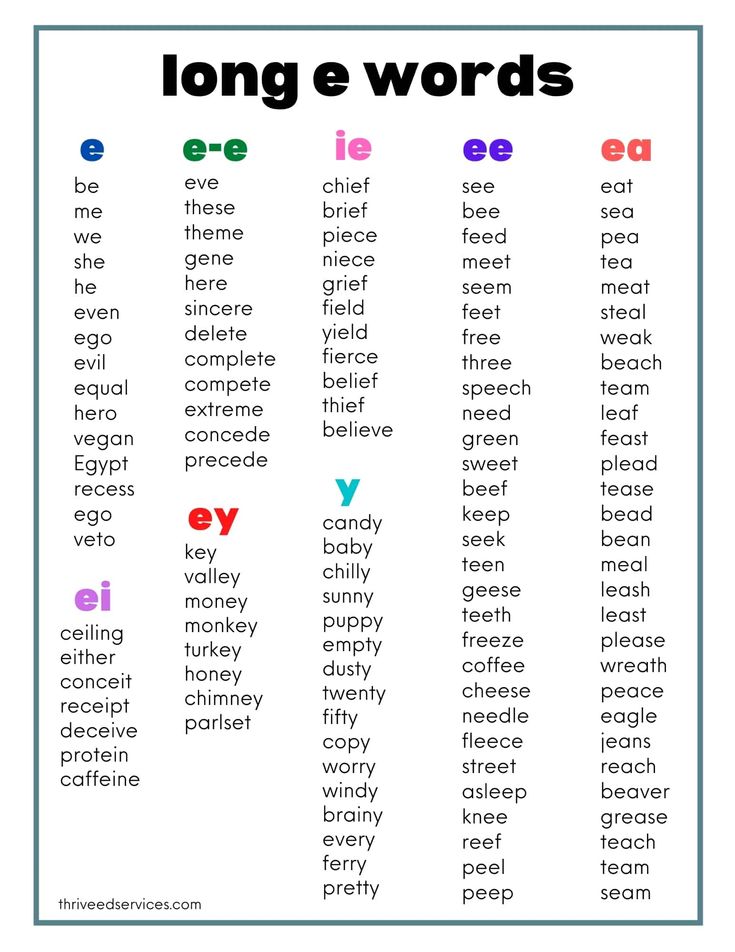
Long I Sound
The long i sound can be represented by 6 different spelling patterns:
- i – silent
- i_e – shine
- ie – pie
- igh – light
- y – my
- y_e – type
You can learn more about teaching the long I sound in this post. And check out my Long I Worksheets set in my shop for printable activities on the long i sound.
Long O Sound
The long o sound can be represented by 5 different spelling patterns:
- o – go
- o_e – phone
- oe – toe
- oa – boat
- ow – snow
You can learn more about teaching long o words and check out my long o worksheets.
Long U Sound
The long u has two sounds: yoo (/y/ /oo/) and oo (/oo/).
The long u sound can be represented by 7 different spelling patterns:
- u – music
- u_e – mule
- ue – rescue
- eu – feud
- ew – few
- oo – food
- ou – soup
Learn more about teaching the long u sound here.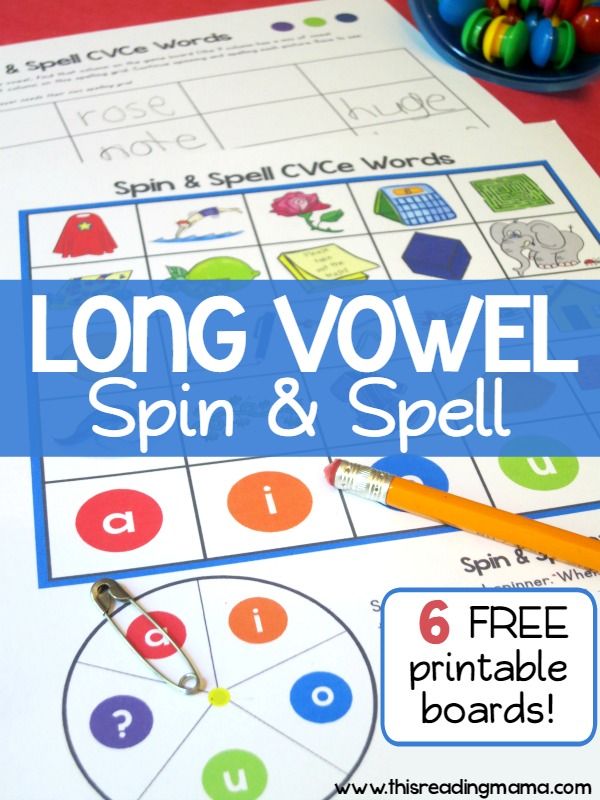
Tips for teaching the long vowel sounds
Teach one spelling pattern at a time!
I don’t mean one vowel sound, but just one spelling pattern. So for example, if you’re working on long a, you would work on the spelling pattern a silent e (cake, same, cave) until students have mastered it, then move on to ai, and so on. You should not be teaching multiple spelling patterns together, even though they make the same sound.
I know that most programs out there combine all the long vowel sound spelling patterns into one lesson, especially in spelling lists, but this does not work for struggling readers. You need to break it down for them and only do one at a time.
Teach the syllable types.
Because syllables have a lot to do with whether vowels make the short or long sound, if students do not already know the 6 syllable types then teach them along with the long vowel sound.
Here are resources for each syllable type:
- closed syllable
- open syllable
- final silent e syllable
- vowel team syllable
- r combination syllable
- consonant le syllable
Use a variety of activities to practice each spelling pattern.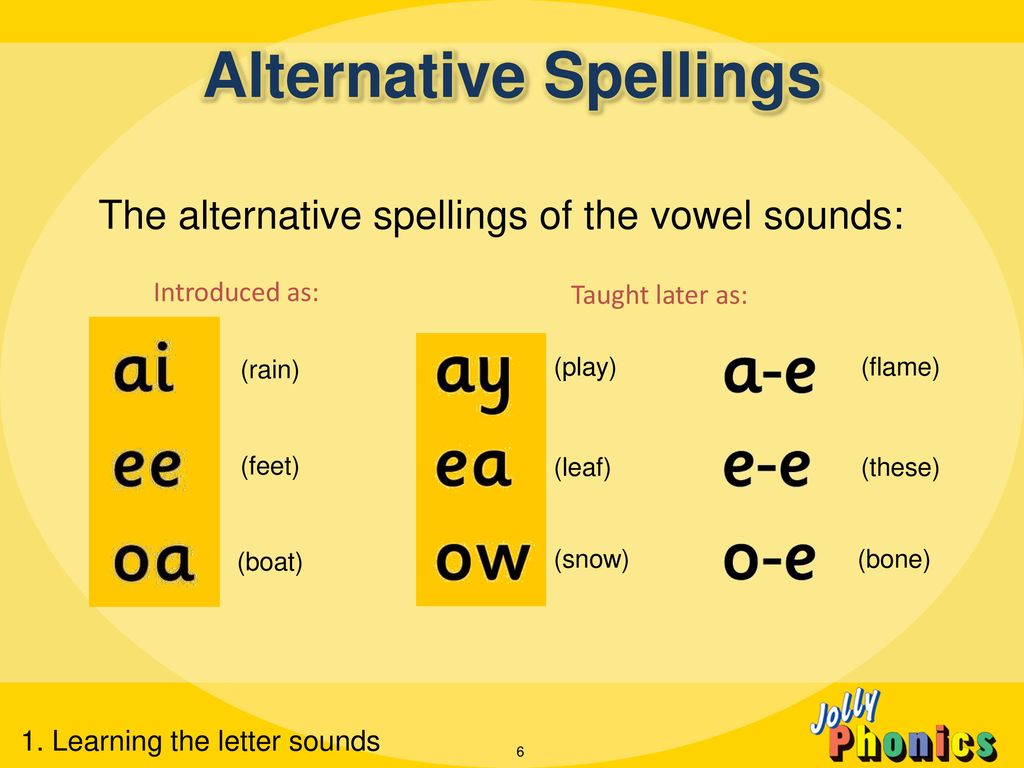
Games, dictation, word sorts, memory or matching with flashcards, word hunts, textured writing, body spelling, and bingo are all fun ways to practice the long vowel sounds.
The main activity that is often overlooked is dictation. It seems so simple but the task involves listening to a word, deciding on the spelling, and transferring that info to written form. These are all skills that struggling readers need to practice.
Teach the spelling generalizations.
Some of the long vowel spelling patterns are spelling rules that make it easy to remember.
For example, ai is usually found at the beginning or middle of a syllable, and ay is usually found at the end of a syllable. [Examples: rain, aim, play, daytime]
Here is another example with long o: oa is usually found at the beginning or middle of a word, and ow is usually found at the end. [Examples: boat, coach, snow]
Long Vowel Word List
I made these word lists to help teach the long vowels.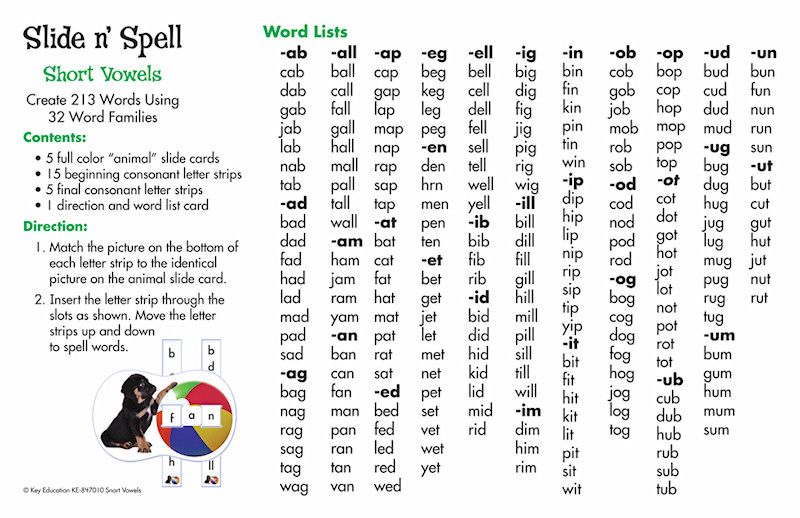 I find it handy to have these on hand when playing phonics games or planning activities for long vowel lessons.
I find it handy to have these on hand when playing phonics games or planning activities for long vowel lessons.
Grab them for free below!
Visit my Teachers Pay Teachers shop to see all my literacy products.Want to remember this? Save Long Vowel Sounds: Word Lists & Activities to your favorite Pinterest board!
Sharing is caring!
- Share
- Tweet
Delilah Orpi
Delilah Orpi is the owner and founder of Thrive Literacy Corner. She has a Bachelor's degree in Special Education, a Master's degree in TESOL, and is a member of the International Dyslexia Association. She is an experienced educator and literacy specialist trained in Orton Gillingham and Lindamood Bell. Delilah creates literacy resources for educators and parents and writes to create awareness about dyslexia and effective literacy instruction based on the science of reading.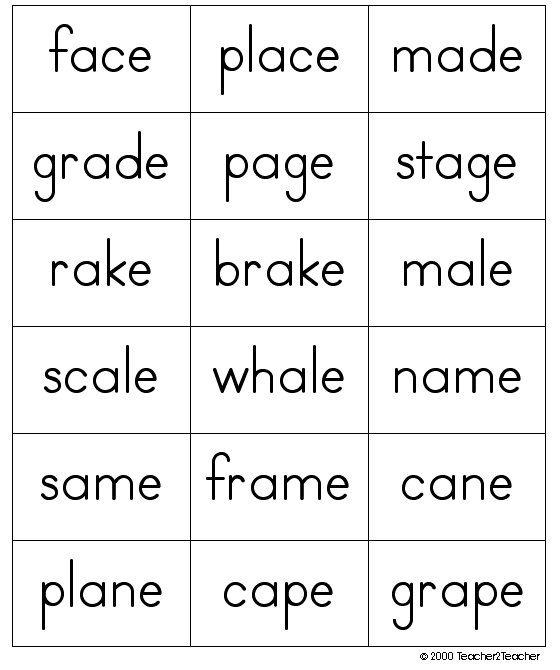
Similar Posts
Phonics | Spelling
Blends and Digraphs: How To Teach Them
ByDelilah Orpi
What are blends and digraphs? And what’s the best way to teach them? There are very common questions I get all the time so in this post, I’m talking all about consonant blends and digraphs, how to teach them, and providing you with some free word lists and resources too! Consonant Blends Consonant blends are…
Read More Blends and Digraphs: How To Teach ThemContinue
Phonics | Spelling
How To Teach Long U Words
ByDelilah Orpi
Last up in my series of long vowel sounds, I’m sharing tips and tricks to teach long u words! Because there are two ways to pronounce long u, it is the most complex of long vowel sounds to teach.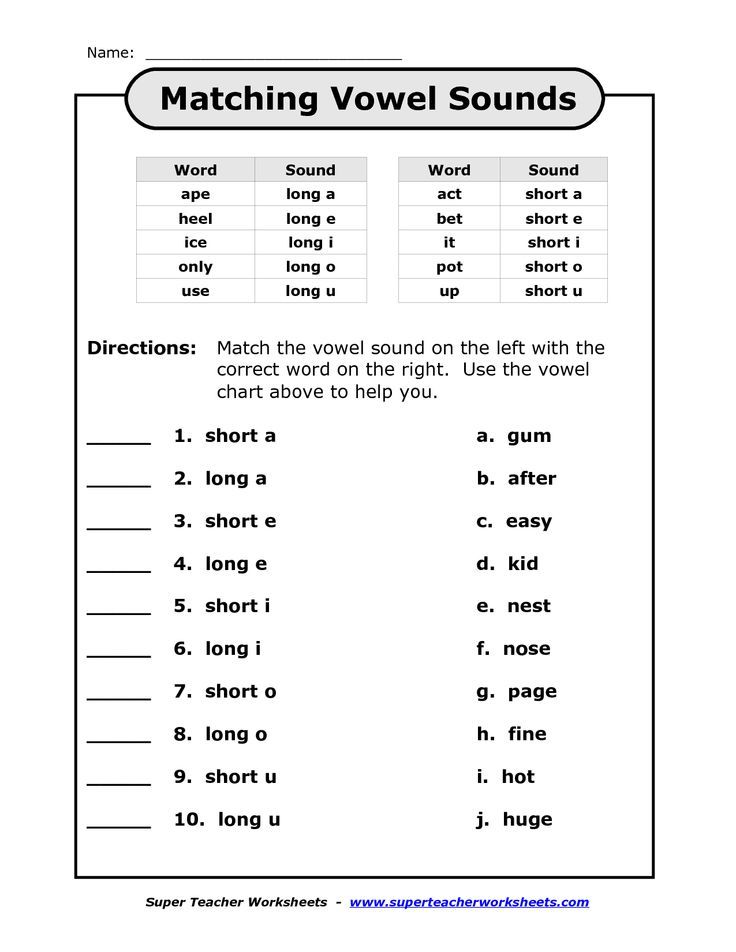 I’m going to break down each of the eight ways to spell the long u sound,…
I’m going to break down each of the eight ways to spell the long u sound,…
Read More How To Teach Long U WordsContinue
Parents | Phonics
Structured Literacy And How It Compares to Balanced Literacy
ByDelilah Orpi
When it comes to teaching reading, there are two main approaches: structured literacy and balanced literacy. While both methods have their pros and cons, it can be tough to decide which is the best for your classroom or child. In this blog post, we’ll break down the key differences between these two approaches and share…
Read More Structured Literacy And How It Compares to Balanced LiteracyContinue
A Handy Guide to Long Vowel Sounds (+ 5 FREE Downloads)
by Marie Rippel
When you teach reading and spelling, it’s a good idea to have a general overview of long vowel sounds.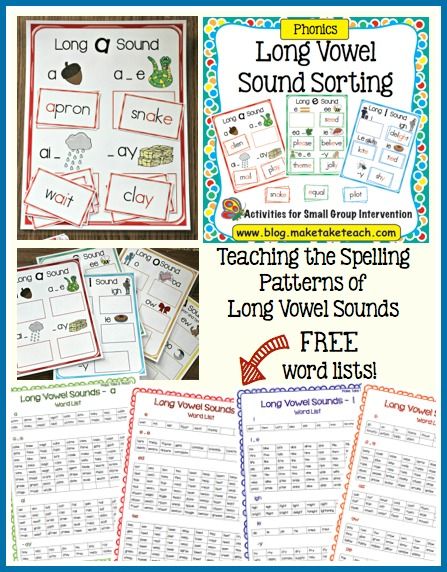 Let’s dive in!
Let’s dive in!
A long vowel is a vowel that is pronounced the same as its name. For example, the word emu starts with the long E sound.
Seems pretty simple, right? But did you know that long vowel sounds can be spelled four different ways and that each way follows a specific spelling pattern?
The overview that follows will help you see the big picture about long vowel sounds as you teach reading and spelling. Read on to discover these useful patterns!
Four Ways to Form Long Vowel Sounds
A vowel at the end of a syllable can be long.
In the word we, as in We love emus, the vowel E is at the end of the syllable and says long E. In these words, the vowel at the end of a syllable is long: hero, hi, music.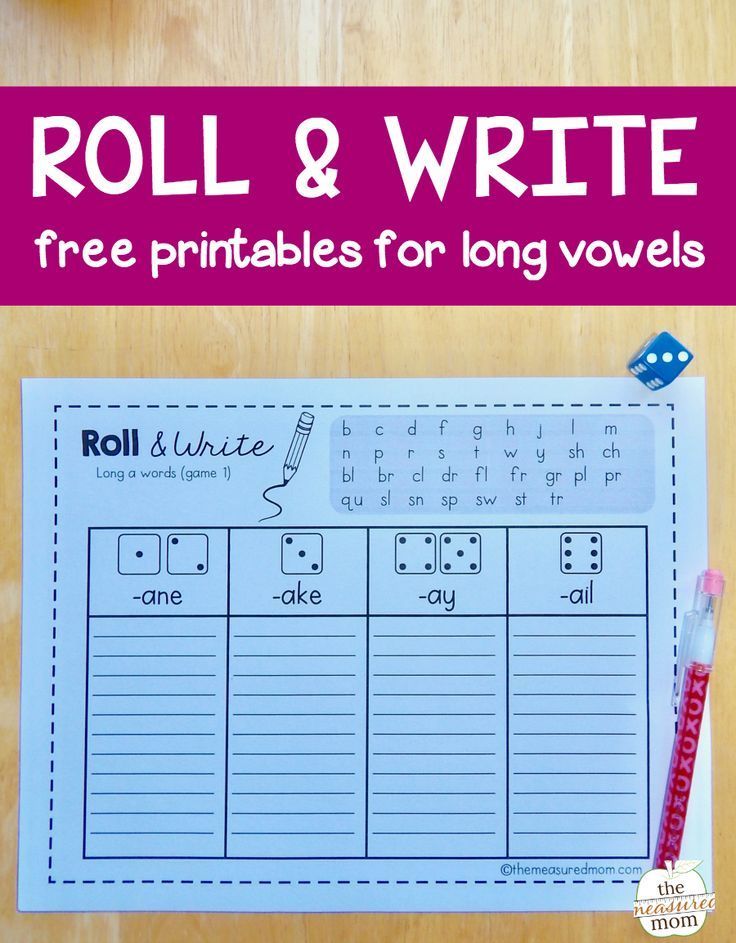
Silent E can make the previous vowel long.
In the word cute, as in Emus are cute, the long U sound is formed by adding Silent E at the end of the word. Here are more words in which Silent E makes the previous vowel long: tape, shine, code.
Vowel teams can make long vowel sounds.
Vowel teams are two vowels that work together to make one sound. For example, in the word eat, as in Emus eat seeds, vowel team EA says long E. These words have vowel teams that make a long vowel sound: mail, sheep, soap.
I or O can be long when they come before two consonants.
In the word stroll, as in The emu went for a stroll, the letter O comes before two consonants and says its long vowel sound. In these words, I or O are long before two consonants: kind, gold, child.
So there you go—the four basic patterns for spelling long vowel sounds!
Let’s Dive in a Little Deeper
The chart below illustrates the most common ways to spell the long vowel sounds.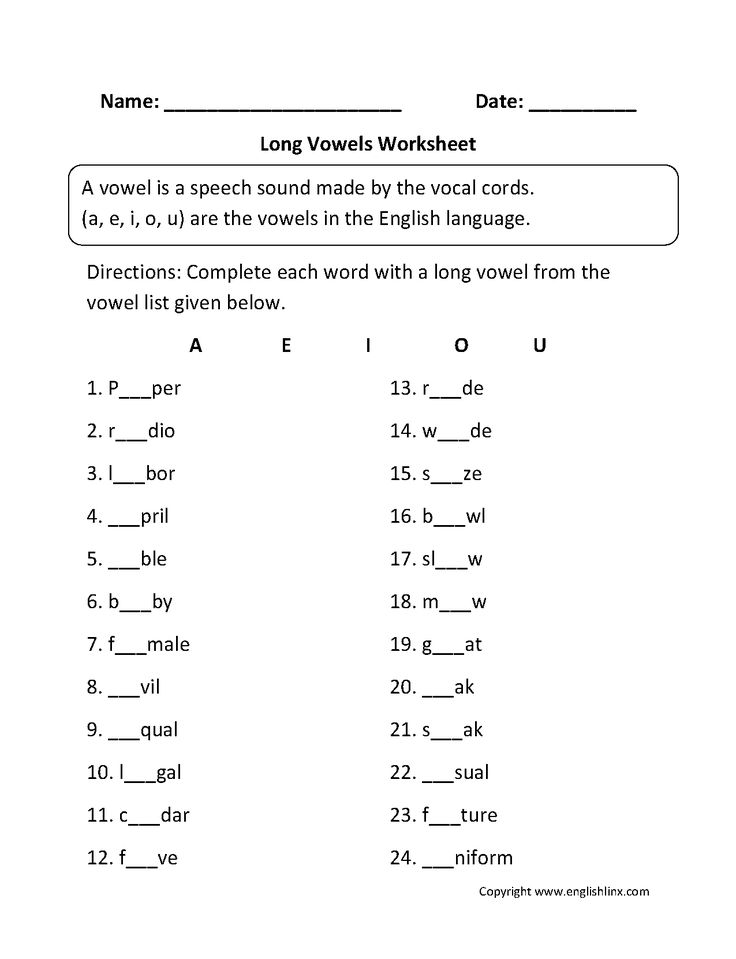
Click to Download a Printable Chart!
Seeing these spellings all gathered in one place is enlightening for those of us who are already proficient readers and spellers. But I would only recommend using the chart for reference, or with an older student who has already mastered most of these phonograms. I would not recommend overwhelming a beginning student by teaching these spellings all at once. Instead, teach these basic patterns to students incrementally, one at a time.
Activities to Teach Long Vowel Sounds
Are you interested in seeing how we teach the four long vowel patterns in All About Reading and All About Spelling? Here is a sampling for you to download and enjoy!
Download “Be a Hero” Activity
(Vowel at the end of a syllable)
Download “Kit or Kite?” Activity
(Silent E)
Download “Wake Up the Sheep” Activity
(Vowel Teams)
Download “Find Gold” Activity
(I and O are long before two consonants)
The Bottom Line for Teaching Long Vowel Sounds
When it comes to teaching long vowel sounds, here’s what you need to keep in mind:
- Long vowel sounds can be spelled four different ways, each following a specific pattern.
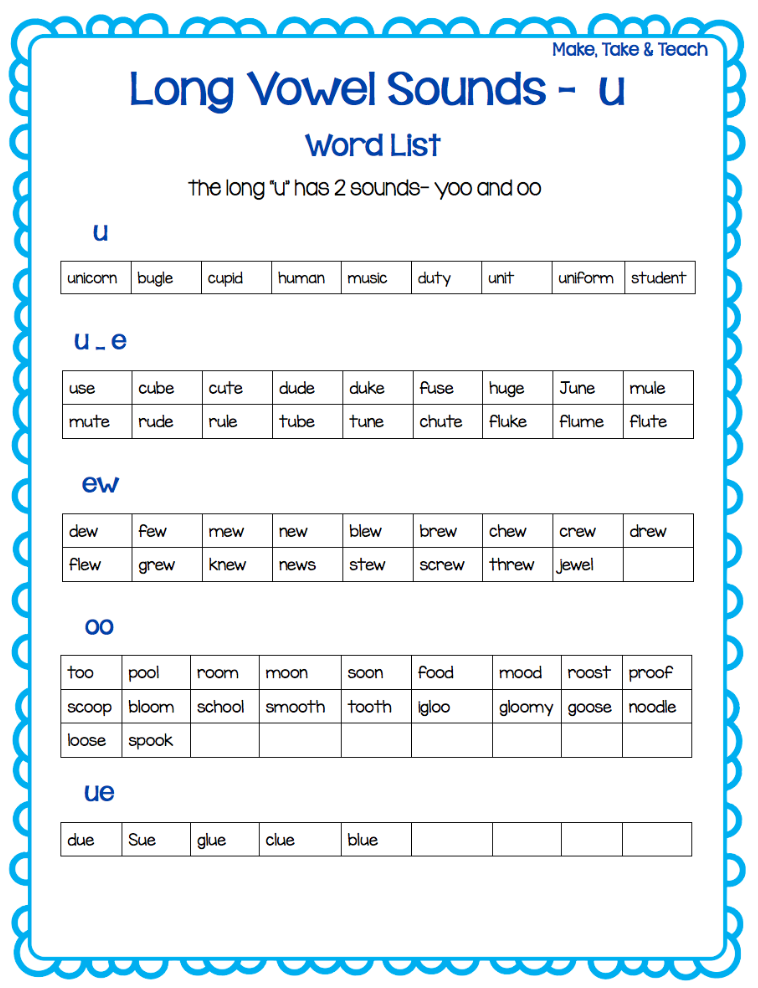
- Teach these basic patterns to students incrementally, one at a time.
- Keep it fun! Use a wide variety of interesting activities to help your student learn the four patterns for forming long vowel sounds.
All About Reading and All About Spelling walk you and your student through all the steps needed to help your student learn to read and spell. The programs are multisensory, motivating, and complete with everything you need. And if you ever need a helping hand, we’re here for you.
What’s your take on teaching the long vowel sounds? Do you have anything else to share? Let me know in the comments below!
Looking for information on short vowels? Check out our Handy Guide to Short Vowel Sounds!
Long and short vowels in German: long and short sounds
Photo: suju / pixabay.com
So, voiceless and voiced consonants can form pairs.
What about vowels? Of course, vowels cannot be voiceless or voiced, but they can be pronounced long or short and form pairs in longitude. Let's see how it works in German!
What are long and short vowels for?
In modern Russian and most Slavic languages, all vowels are pronounced short, and their lengthening may seem strange or even funny to us (for example, in Finnish or Estonian).
Long and short vowels are common in German and English. Their sound is not as noticeable as in the languages from the example above, but it is extremely important in conversation and perception of oral speech. The thing is that two words that are completely different in meaning can differ in a single, long or briefly pronounced letter.
For example:
Long and short vowels in German: basic rules
There are a whole bunch of rules on this topic that have one thing in common: it seems incredible to fit them in your head and apply them. Let's try to figure it out so that you remember most of it the first time!
Long and short vowels in stressed and unstressed syllables
Stress/unstress can be used as a basic rule for determining vowel length. Stressed vowels are usually long, unstressed - short. This dependency seems perfect! In fact both long and short vowels can be stressed or unstressed. When determining the length of a vowel, not only the stress is important, but also the openness/closedness of the syllable.
Stressed vowels are usually long, unstressed - short. This dependency seems perfect! In fact both long and short vowels can be stressed or unstressed. When determining the length of a vowel, not only the stress is important, but also the openness/closedness of the syllable.
Long and short vowels in open and closed syllables
Depending on what letter the syllable ends in, it can be classified into one of three categories:
- Open - end in a vowel (Ma | ma, Pa | pa) open" when changing the form of the word, for example in the plural (Bal | kon - Bal | ko | ne)
- Closed - end in a consonant (Klas | se, Mund)
Vowels in open and conditionally closed syllables are usually long . In closed - short. To sum up:
- Stressed vowels in open and closed syllables are long, and unstressed vowels are short.
- Vowels in closed syllables, regardless of stress, are short.
Long vowels in German: when?
In order not to bother with special cases, let's take the rules with the "maximum guarantee".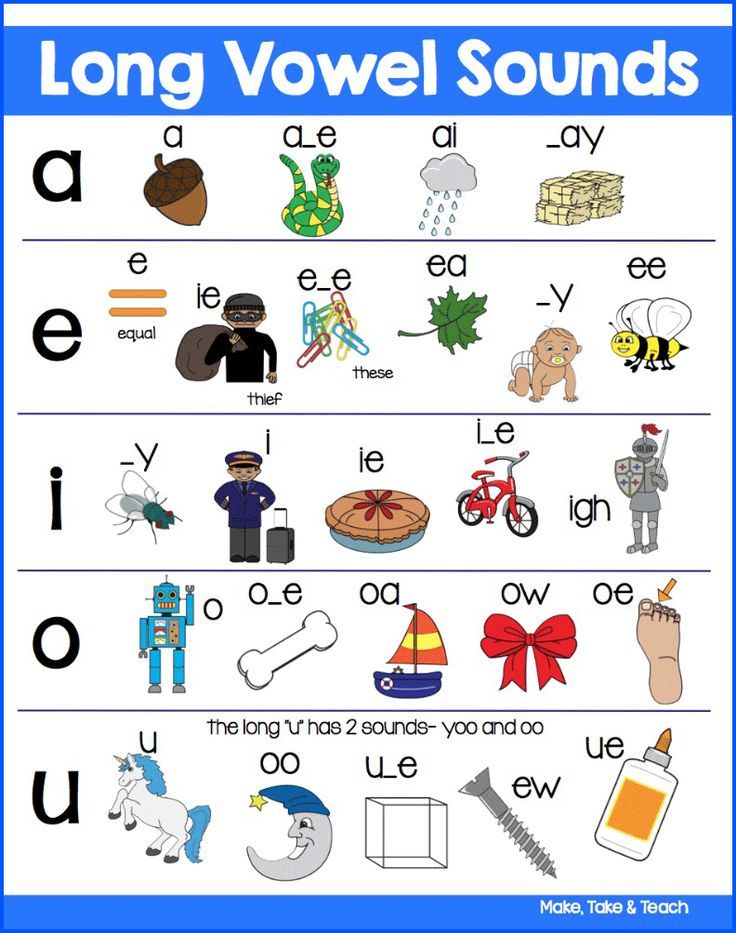 German vowels are always long:
German vowels are always long:
- When they are doubled: -aa-, -ee-, -oo- (-uu- and -ii- are rare, usually in compound words, double umlauts do not occur at all)
- Before “mute “H” (such an “H” is not pronounced, but only gives a long vowel)
- Before ß
- In letter combinations -ie-, -ieh-
- In monosyllabic, invariable words ending in “R”
- Stressed open syllable
- Stressed closed syllable
Good news! 4 rules out of 7 are easy to recognize in the text, and the rest after a little training will begin to be used intuitively.
Let's look at examples of how and when long German vowels are pronounced. In the table below, for each word, two Russian transcriptions will be given: correct and incorrect. Having said both, you can in practice compare the sound of words and feel in what situations a long vowel occurs.
Short vowels in German: when?
Long vowels are clear, let's move on to short ones.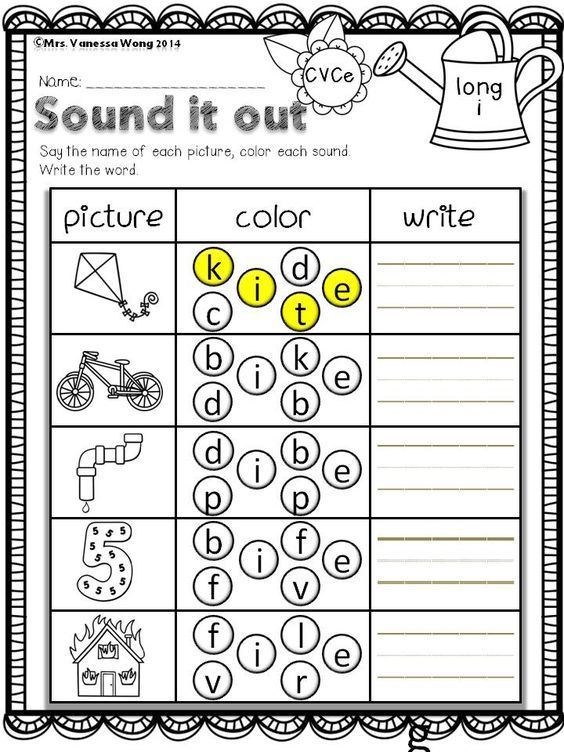 There are only three basic rules at work here. German vowels are read briefly:
There are only three basic rules at work here. German vowels are read briefly:
- In a closed syllable
- If they are followed by two or more consonants (that is, before letter combinations like -ch-, -sch-, -ck-, doubled and any other consonants that follow each other after another)
- Before the letter “X” - [x] (since “X” is read as [ks], formally this rule can be attributed to the previous one)
Consider short vowels with examples. As in the previous table, each word has one correct and one incorrect transcription.
Long and short vowels in monosyllabic words - a controversial case
In addition to monosyllabic words ending in "R" (with long vowels), there are many other short words in German in which only one consonant follows a vowel. It can be articles, adjectives, nouns and other parts of speech. For example: dem, gut, Lid, Typ.
On the one hand, these are closed syllables, which means that the vowels in them are short.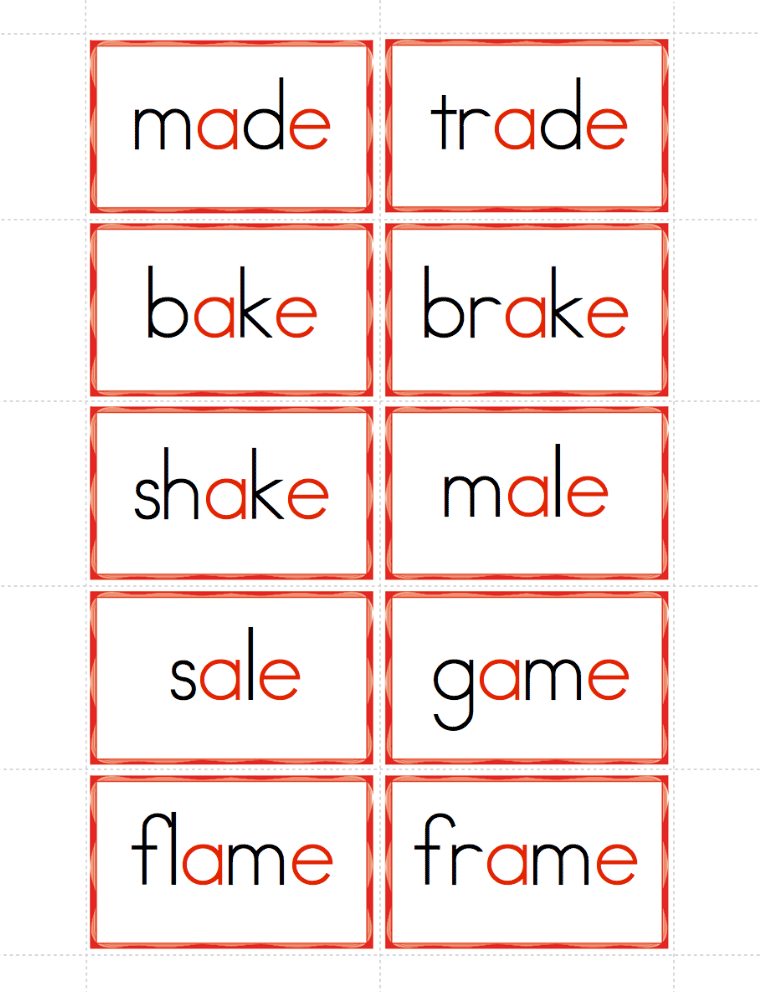 But it's not! There is no need to memorize anything here, you just need to understand that in such words both short and long vowel sounds can occur.
But it's not! There is no need to memorize anything here, you just need to understand that in such words both short and long vowel sounds can occur.
How to pronounce long and short vowels?
There is no secret here! Long vowels are pronounced longer than short vowels. That's why "you're not speaking correctly because my [a:] is longer than yours" doesn't work here.😎
The pronunciation of long and short vowels depends entirely on the speech apparatus, accent, dialect used, and other little things. Someone likes to "pull" sounds and even short letters sound like long ones. Someone pronounces short vowels so abruptly that long vowels sound like ordinary ones.
In general, as you like. The most important thing is that the difference between long and short sounds can be heard in speech.
Conclusions
Vowel length and shortness are very important in German. At the same time, there are no special pronunciation rules , it is only important to understand the difference between long and short sounds and be able to convey and understand it in oral speech.
You don't have to memorize a lot of conditions and exceptions. Enough to try to remember the basic rules and follow the pronunciation. Automatic speech will come later , on its own.
And in order to digest the new information and test yourself, we offer you to take a small online test: "Practical task: long and short vowels in German."
Sources:
Audio representation of letters - Wiktionary
13. Long and short vowels and consonants. Theories of the syllable.
Longitude- the length of the given sound with its quantity in time. Long and short vowels found in Russian speech in different phonetic terms: in the form plural n. "Siberians" vowel \ and / of the first two unstressed in 3 times shorter than the shock; under stress Russian vowels i. do not differ duration. Many vowel system I. distinguishes vowel length, forming pairs of vowels in duration. In English 6 short, 5 long and 1 semi-long. explosive consonants and affricates are instantaneous sounds, they cannot be “pulled”, and vowels fricatives and all sonorants (stop-slits) are long-term, they can be pulled.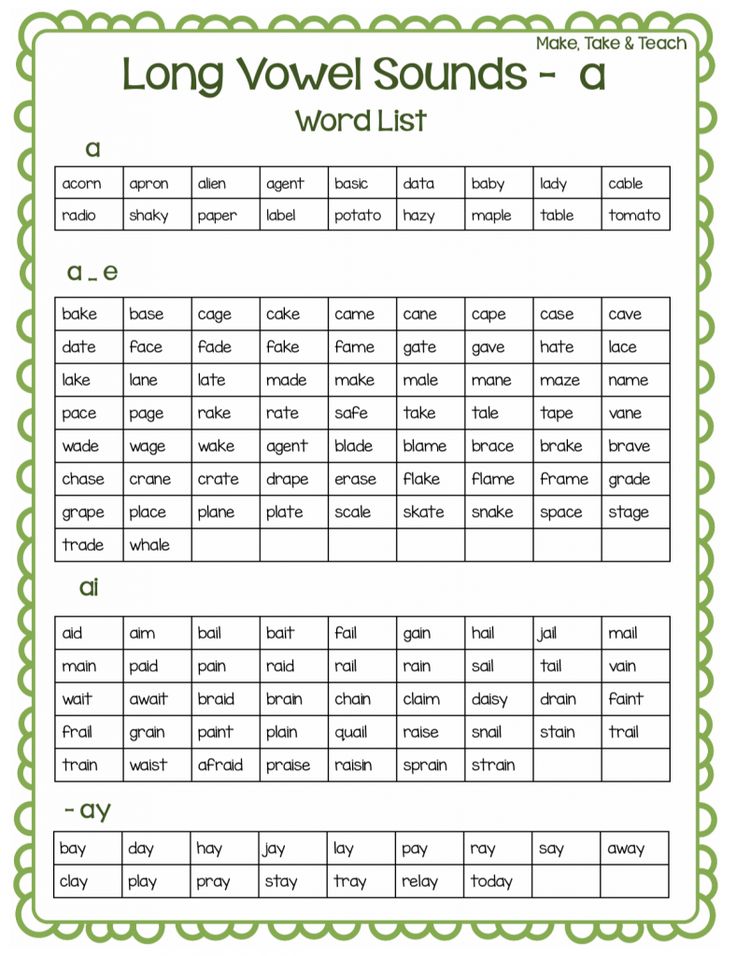 However, there are also long explosive, and affricates, where longitude is obtained for opening delay count on exposure: "because, because". When two identical consonants or consonants, paired for deafness / sonority, at the junction morphemes or words in most cases a long consonant is pronounced denoted in transcription by two dots. Long (double) consonants in Russian can also be formed as a result of the loss of sounds in certain types of consonant combinations sounds (with a confluence of consonants). Syllable - the smallest unit of pronunciation of sounds speech, uniting in its structure one or more sounds to which You can separate your speech with pauses. Word in speech is divided not into sounds, but into syllables. In speech, they are recognized and pronounced precisely syllables. Expiratory theory: the syllable is created by one moment of exhalation, push of exhaled air. How syllables in a word, tremble so many times the flame of a candle when pronouncing a word; sonorous syllable theory as a combination of a more sonorous element with less sonorous; muscular theory - a syllable as a segment of sound, uttered by a single muscular impulse tension of the pronunciation apparatus; Articulatory acoustic - syllable as minimal pronunciation unit of speech, the elements of which are closely interconnected, both acoustically, and articulatory.
However, there are also long explosive, and affricates, where longitude is obtained for opening delay count on exposure: "because, because". When two identical consonants or consonants, paired for deafness / sonority, at the junction morphemes or words in most cases a long consonant is pronounced denoted in transcription by two dots. Long (double) consonants in Russian can also be formed as a result of the loss of sounds in certain types of consonant combinations sounds (with a confluence of consonants). Syllable - the smallest unit of pronunciation of sounds speech, uniting in its structure one or more sounds to which You can separate your speech with pauses. Word in speech is divided not into sounds, but into syllables. In speech, they are recognized and pronounced precisely syllables. Expiratory theory: the syllable is created by one moment of exhalation, push of exhaled air. How syllables in a word, tremble so many times the flame of a candle when pronouncing a word; sonorous syllable theory as a combination of a more sonorous element with less sonorous; muscular theory - a syllable as a segment of sound, uttered by a single muscular impulse tension of the pronunciation apparatus; Articulatory acoustic - syllable as minimal pronunciation unit of speech, the elements of which are closely interconnected, both acoustically, and articulatory. The syllables are divided into • open (end with syllabic vowels) • closed (end non-syllabic consonants) • semi-open (end sonorant consonants) • uncovered (begin vowel) • covered (begin with a consonant)
The syllables are divided into • open (end with syllabic vowels) • closed (end non-syllabic consonants) • semi-open (end sonorant consonants) • uncovered (begin vowel) • covered (begin with a consonant)
Speech phonetically represents a sound stream or chain of sounds. This chain breaks down into subordinate units which are special, purely phonetic units i., following one after another in time. • PHRASE is the largest phonetic unit representing a complete sentence, united by a special intonation structure and separated from other phrases pauses. • BEAT - part of a phrase (2 or several syllables), limited by pauses, united by one accent and intonation incompleteness. The beat can be word and combine the words into one single rhythm melodic group. clocked articulation underlies the accent verse. • Phonetic WORD - part speech tact, united by one accent; insignificant words, having their own stress, adjoin front or back to significant word, forming with it one phonetic word. • syllable - part of a phonetic word, consisting of one or more sounds combined into a phonetic whole.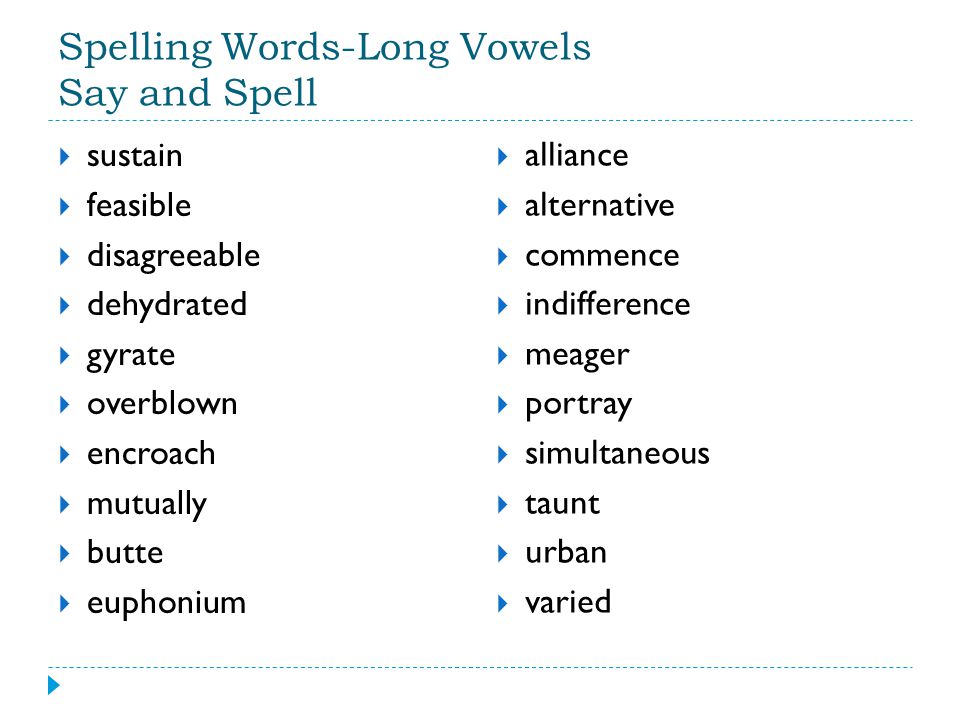 Syllables are the smallest units to which the speaking person can break your speech. syllables delimited by syllables. Syllabic sounds are called allowing maximum vocal energy. These are usually sonorous consonants and vowels. Sounds with a minimum of vocal energy, surrounding syllable-forming sound - usually noisy consonants. However, in others I there are syllables in which there is more than one vowel. Diphthong- combination of two vowels within a syllable, and one vowel will be syllabic, the other is non-syllable. The syllable will be the one vowel that has more duration and on which it can fall accent, although the latter is optional, because they may occur in unstressed syllables. If the first vowel in a diphthong syllabic, then this is a descending diphthong, if the second, then it is ascending. In English. I. 8 diphthongs. Digraph, digram, diagram, double, two-digit a letter is a compound written sign, consisting of two letters and used to designate phonemes and their main options.
Syllables are the smallest units to which the speaking person can break your speech. syllables delimited by syllables. Syllabic sounds are called allowing maximum vocal energy. These are usually sonorous consonants and vowels. Sounds with a minimum of vocal energy, surrounding syllable-forming sound - usually noisy consonants. However, in others I there are syllables in which there is more than one vowel. Diphthong- combination of two vowels within a syllable, and one vowel will be syllabic, the other is non-syllable. The syllable will be the one vowel that has more duration and on which it can fall accent, although the latter is optional, because they may occur in unstressed syllables. If the first vowel in a diphthong syllabic, then this is a descending diphthong, if the second, then it is ascending. In English. I. 8 diphthongs. Digraph, digram, diagram, double, two-digit a letter is a compound written sign, consisting of two letters and used to designate phonemes and their main options.